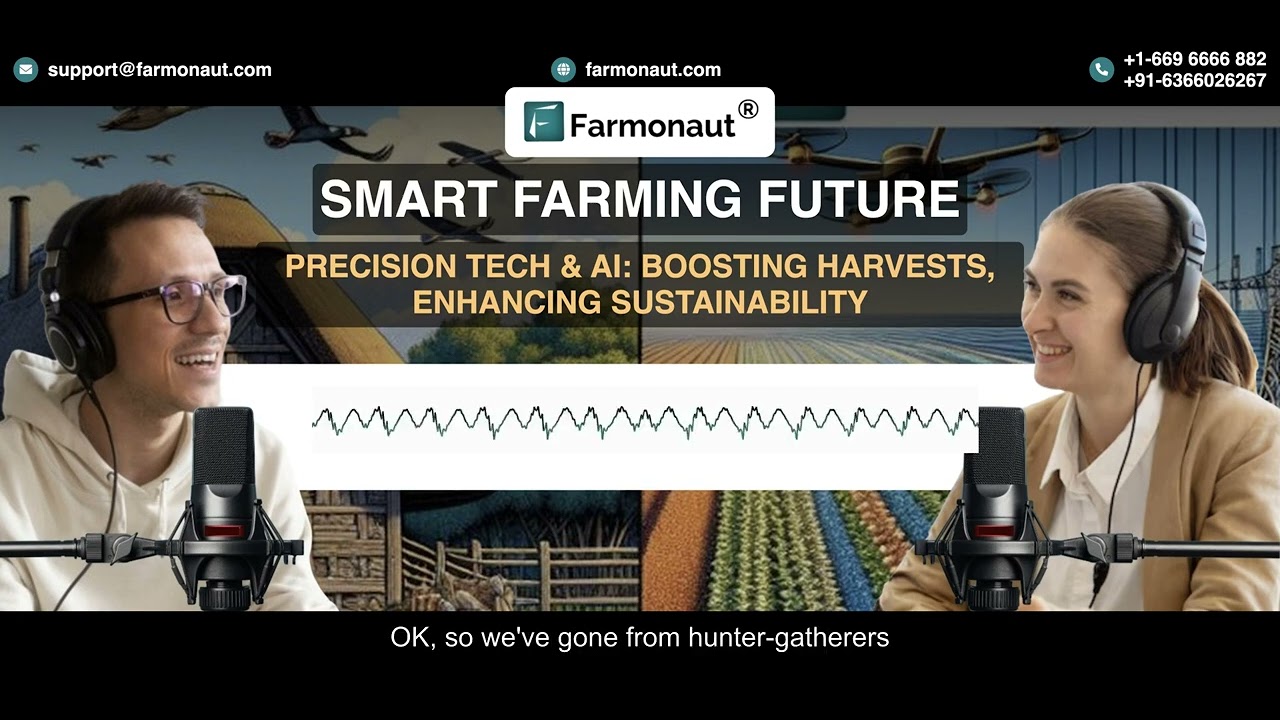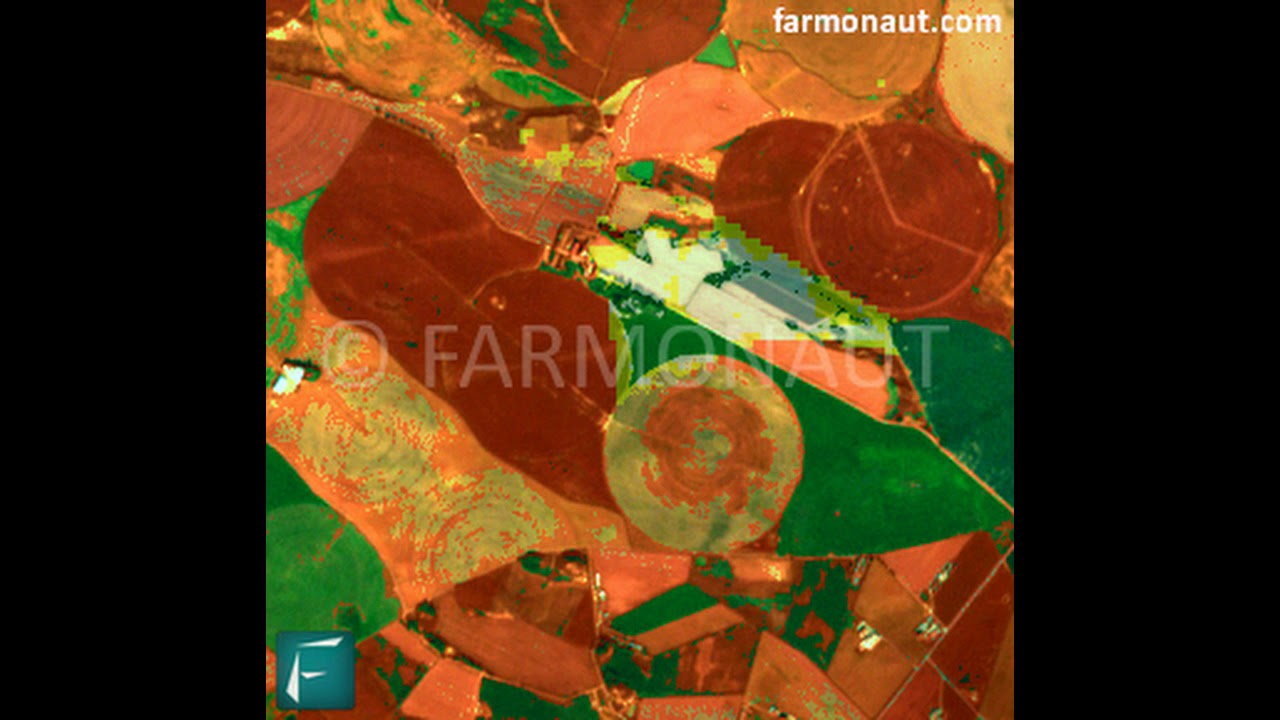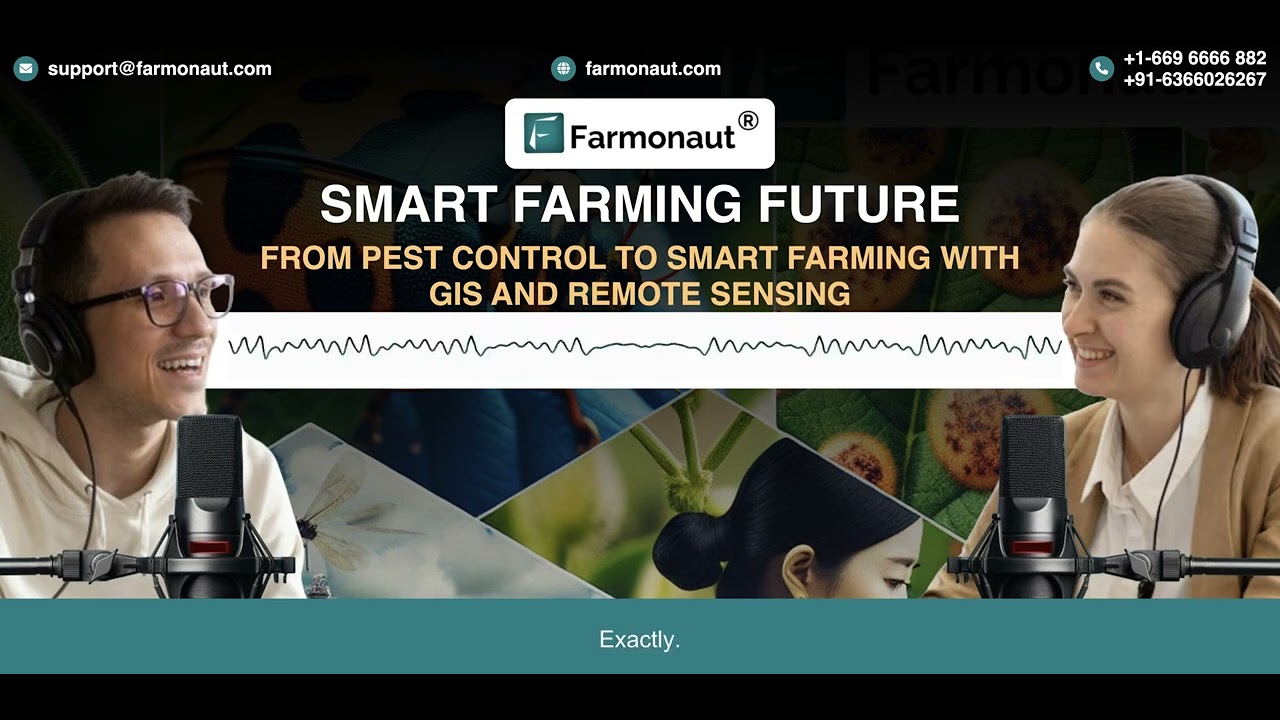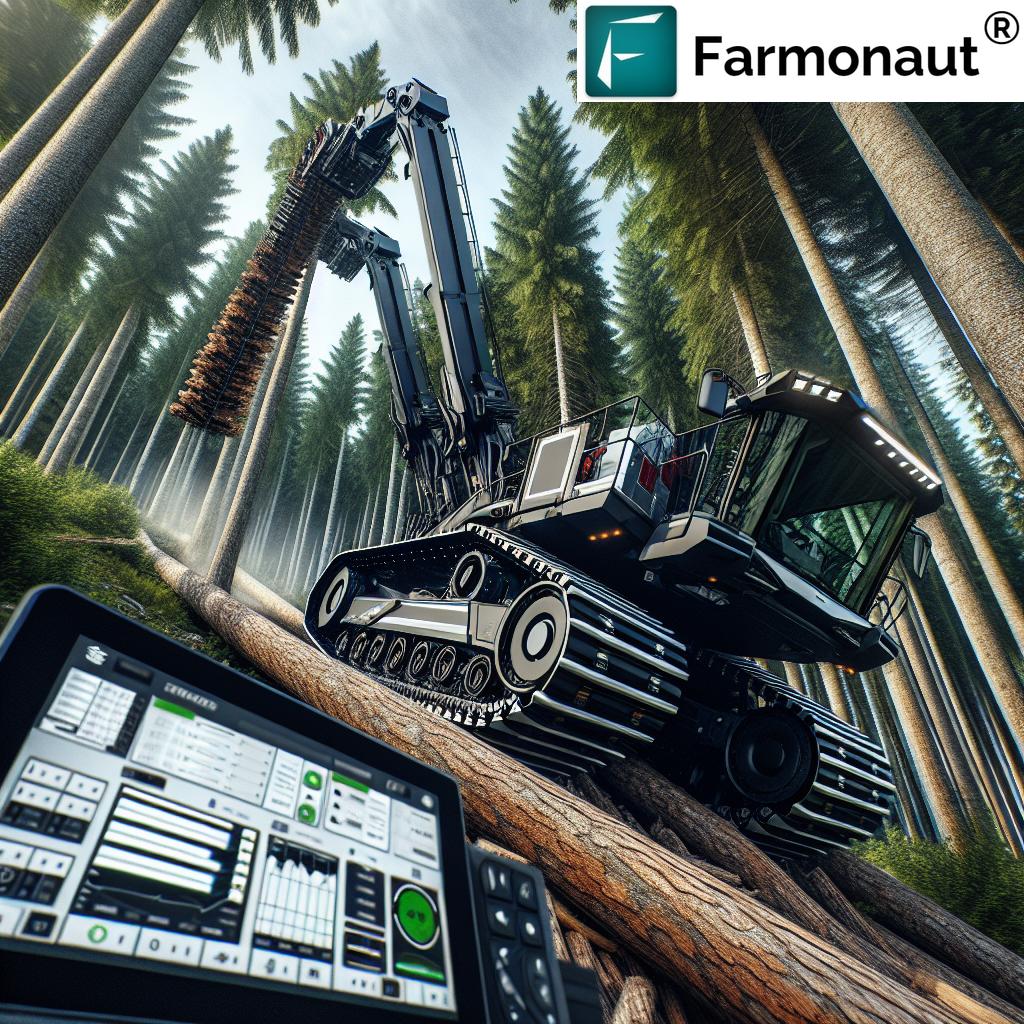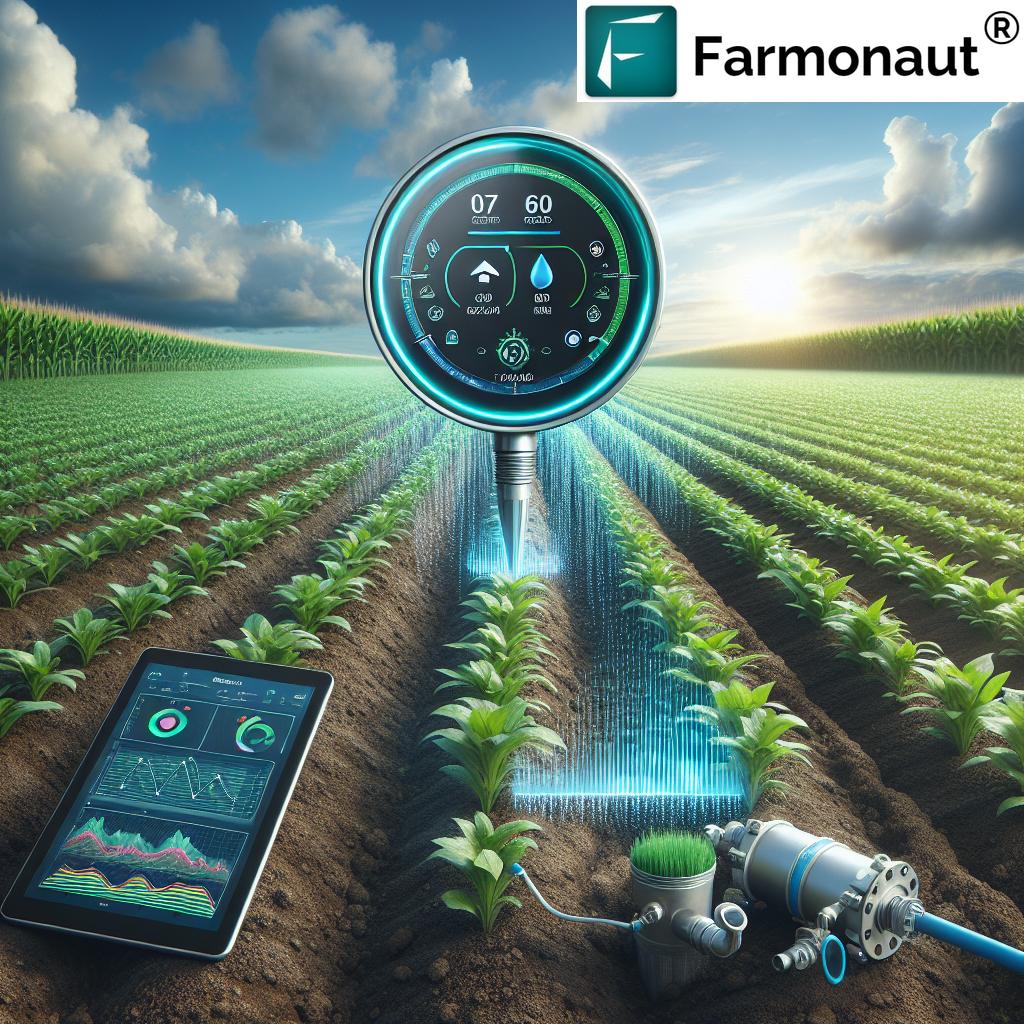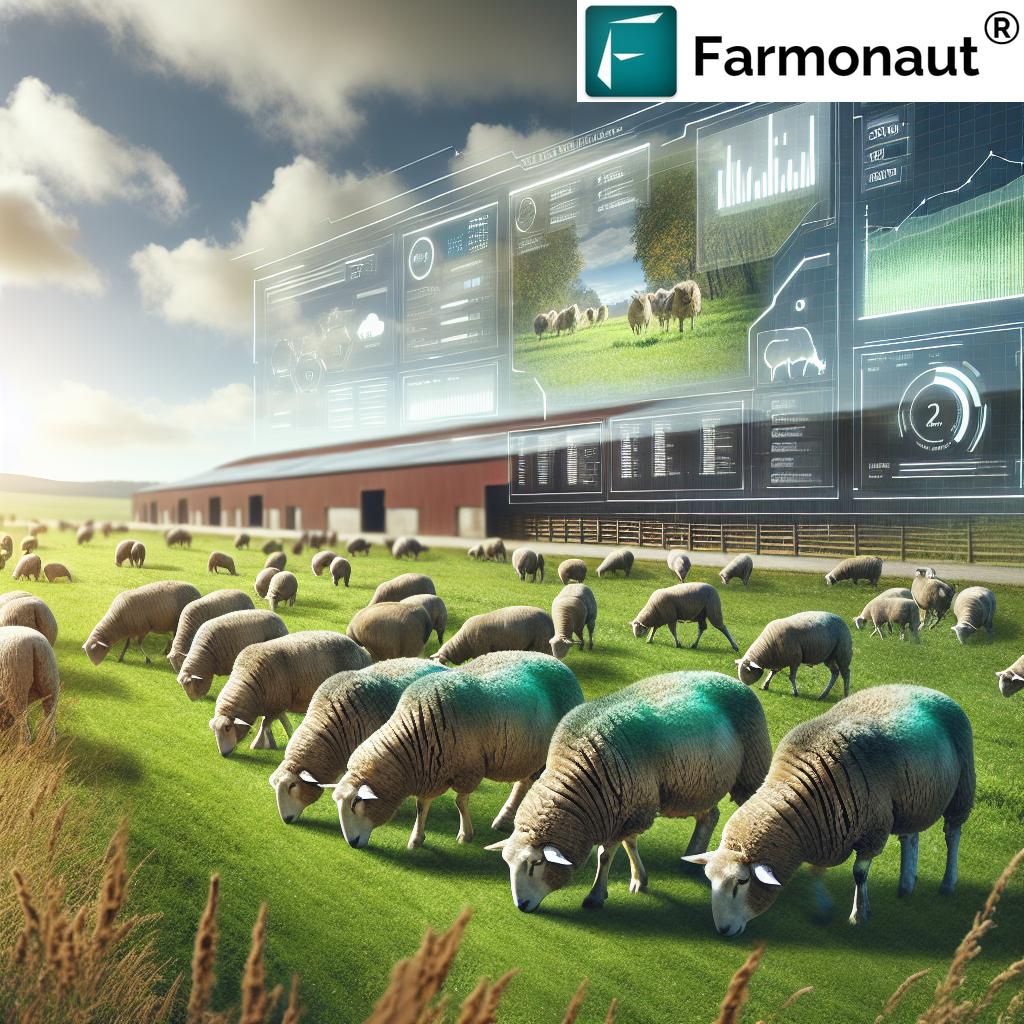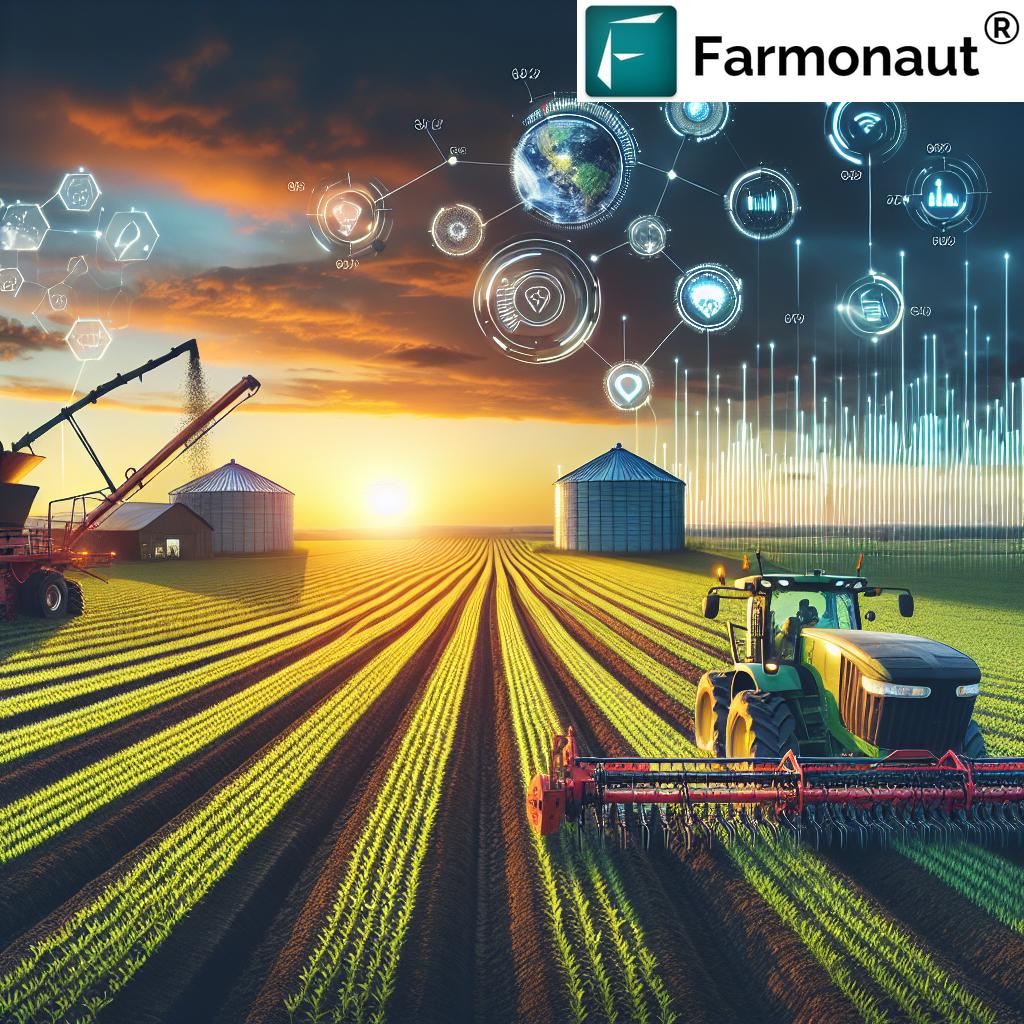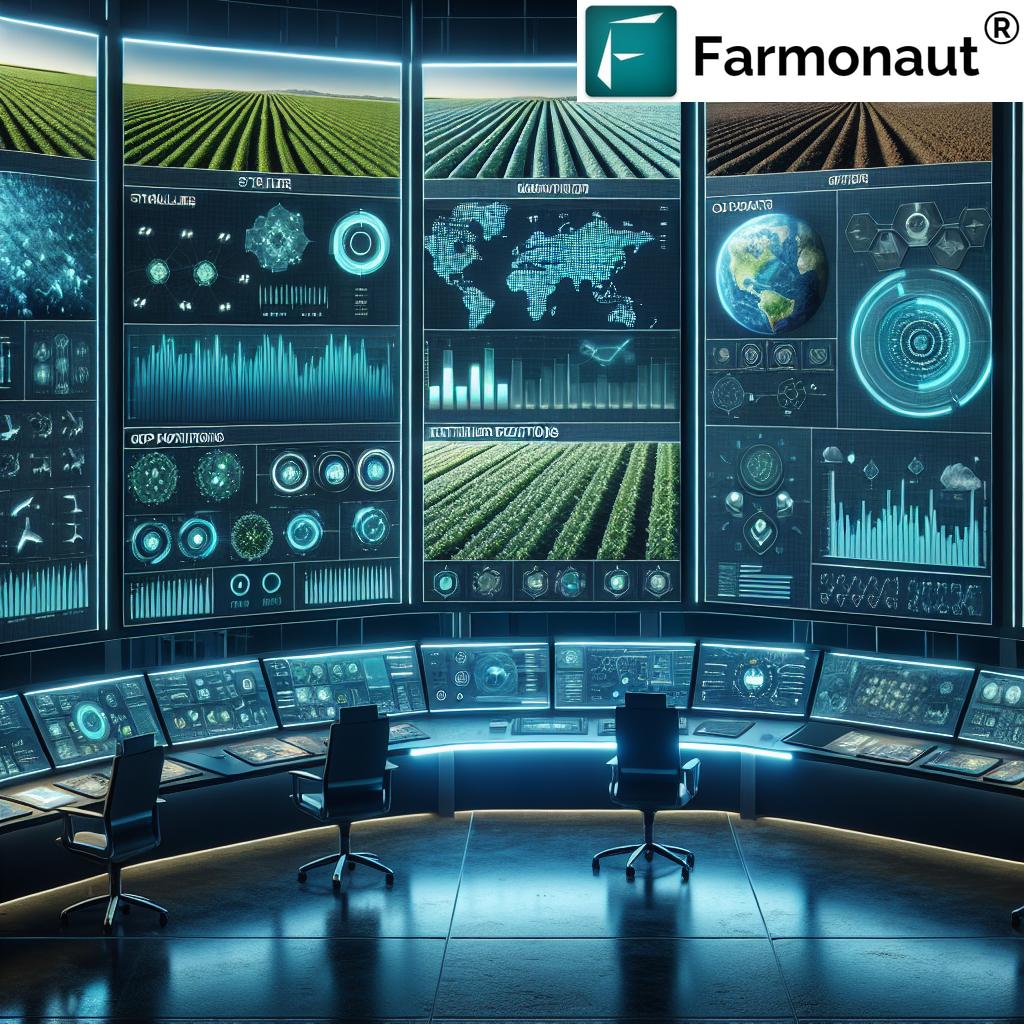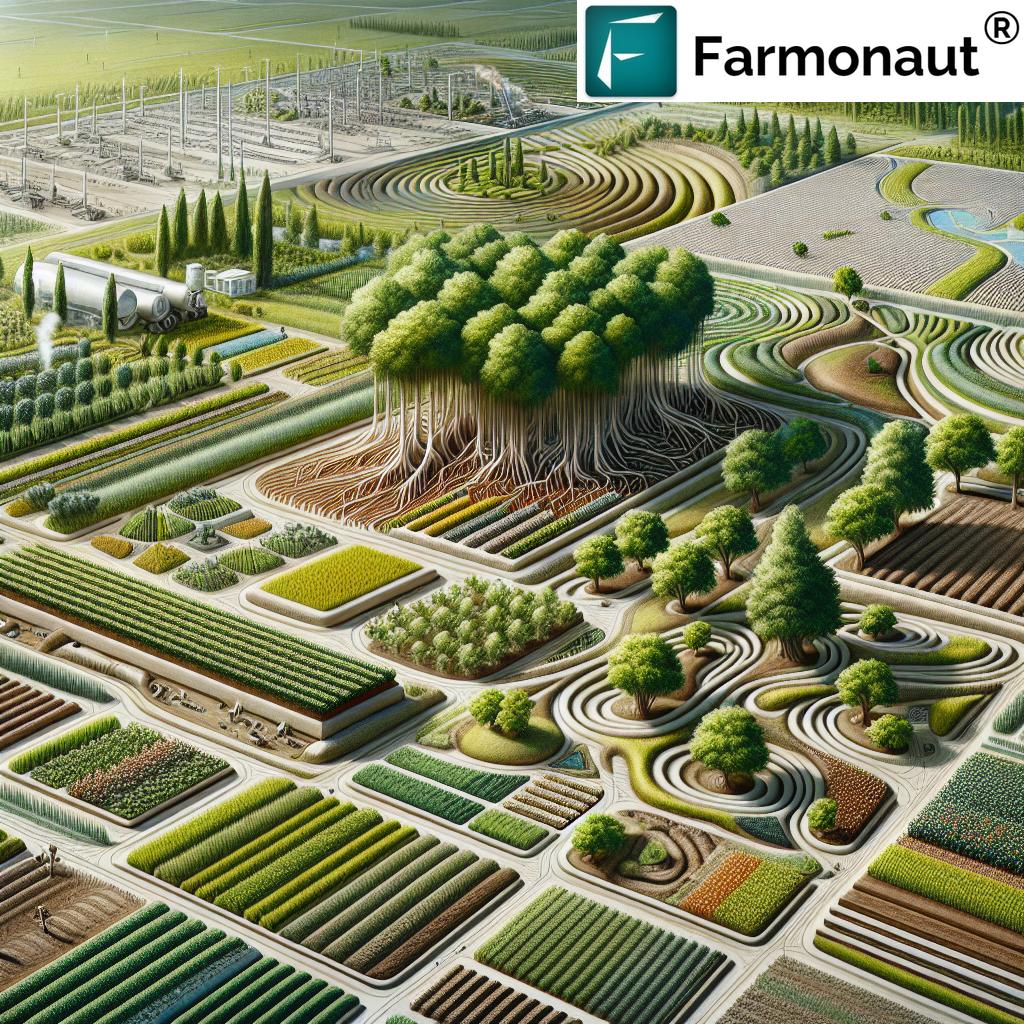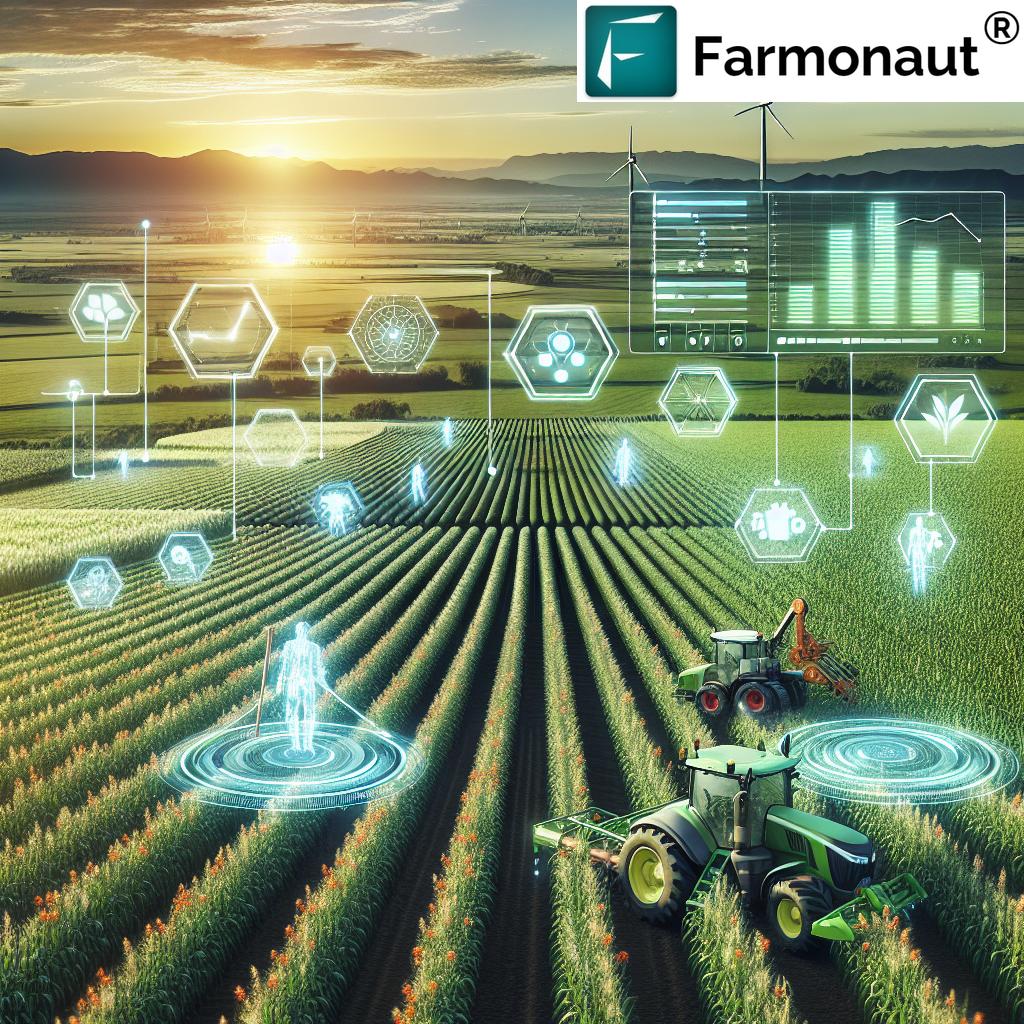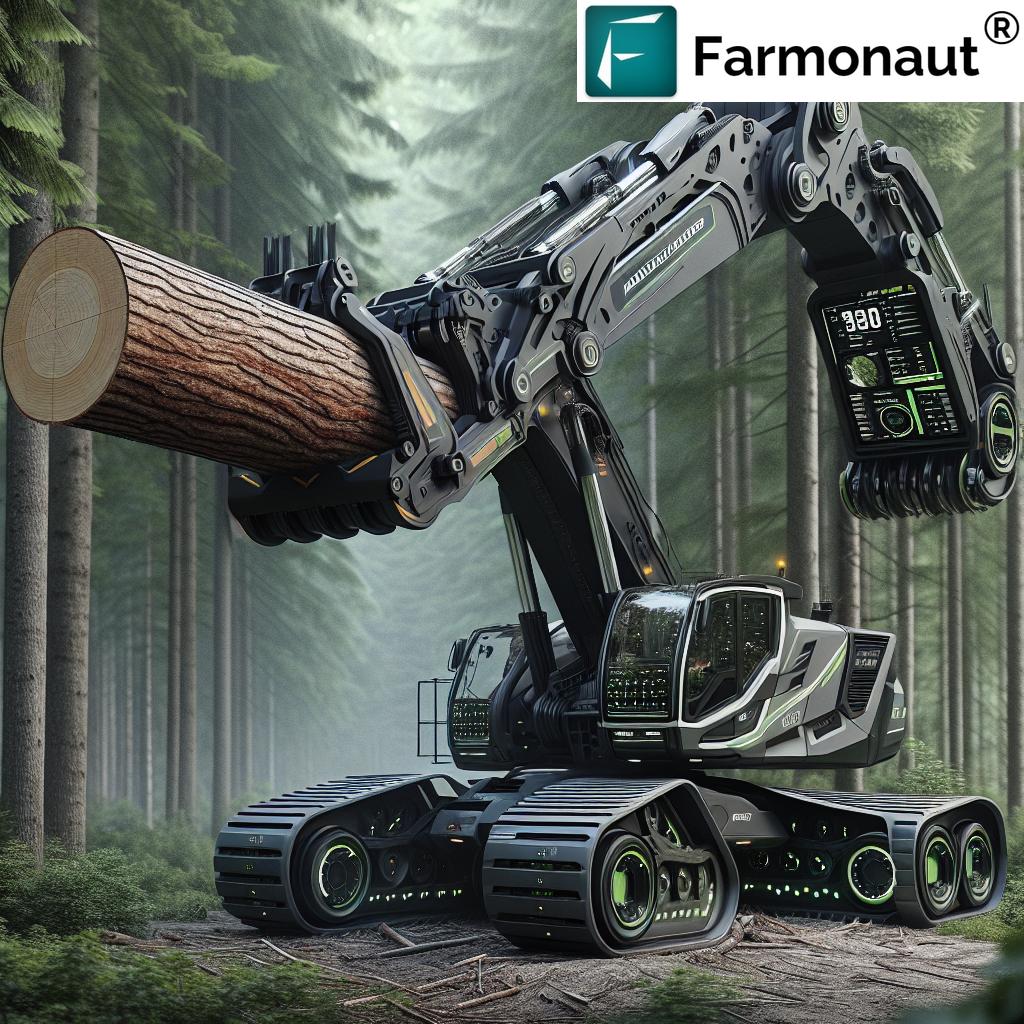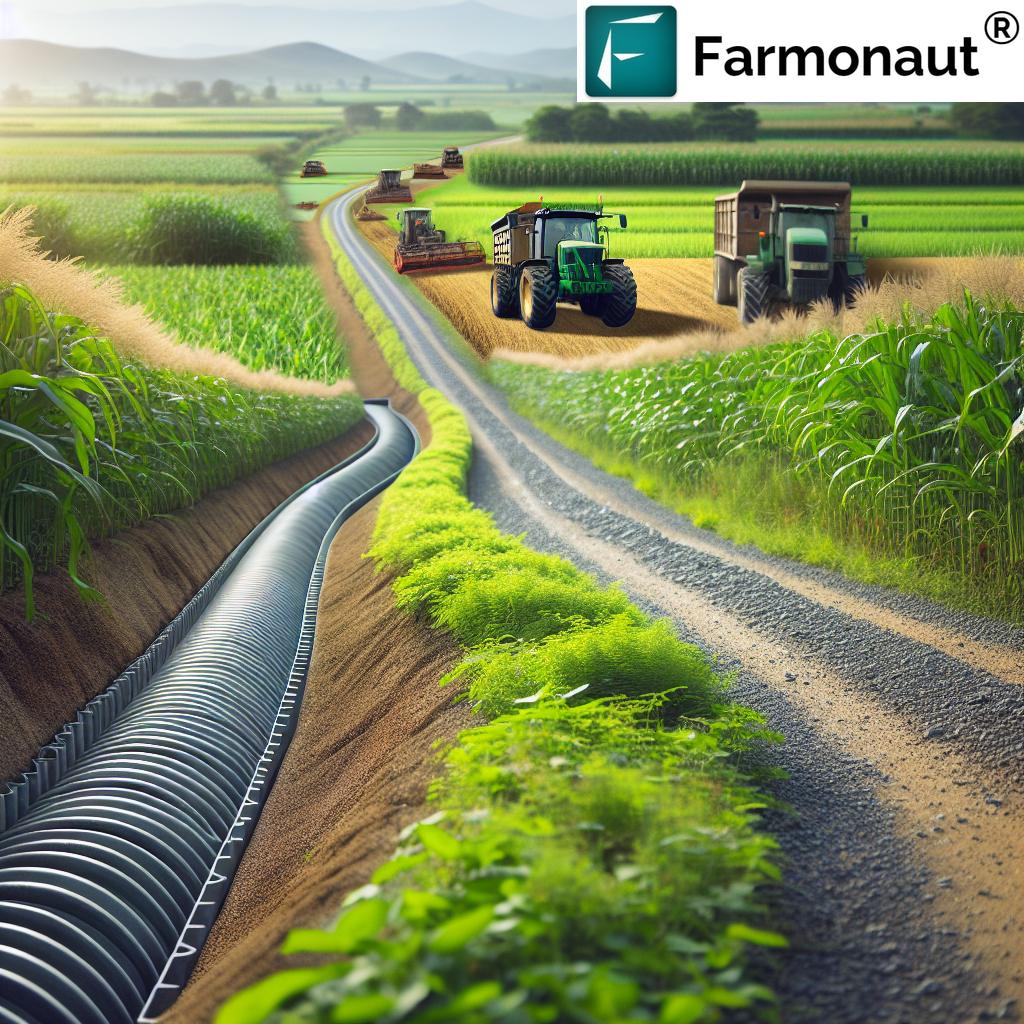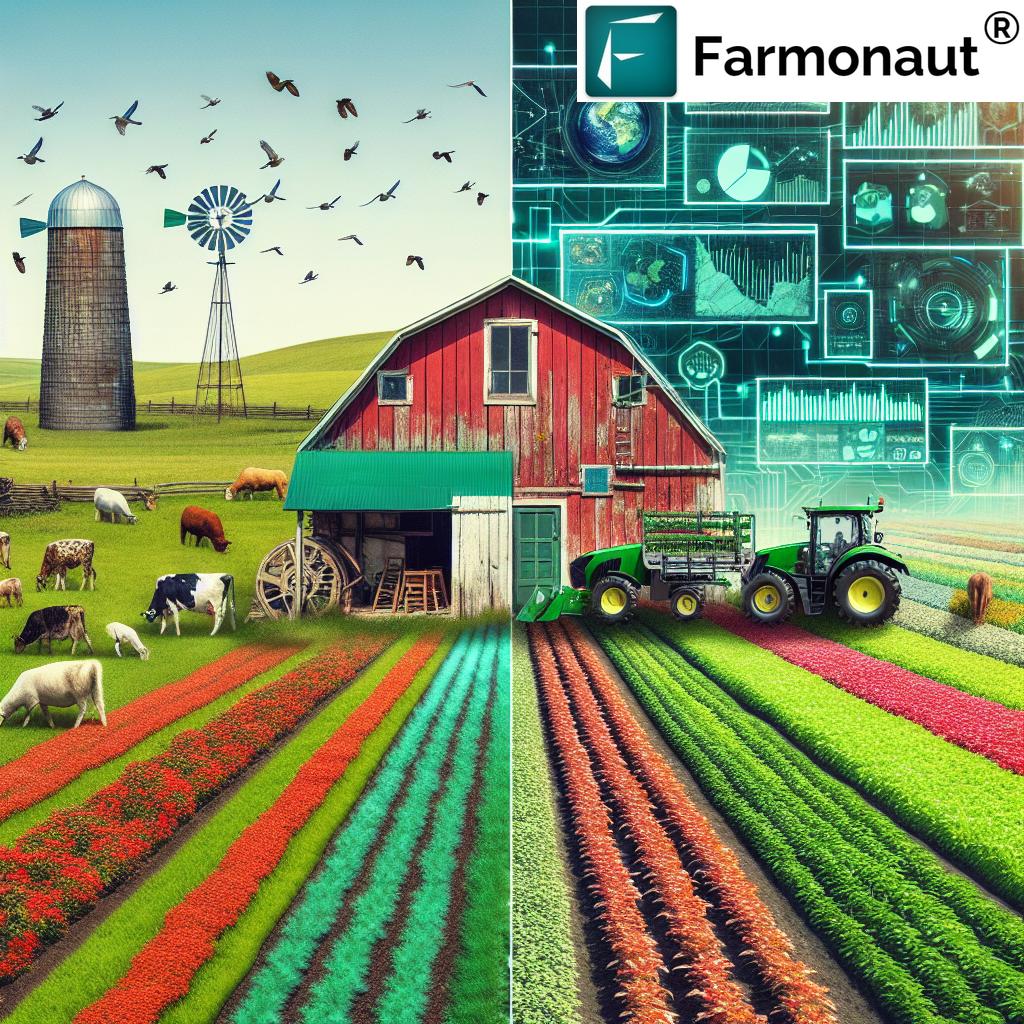The Precision Agriculture Robotic Sprayer System Market 2025: Transforming Modern Farming in 2025
“By 2025, the precision agriculture robotic sprayer system market is projected to surpass $2.5 billion globally.”
Introduction: The Transformative Landscape of Precision Agriculture Robotics
Agriculture, as a foundation of global food security, is undergoing a profound transformation driven by technological innovation. The precision agriculture robotic sprayer system market in 2025 is at the heart of this revolution, with autonomous machines and intelligent platforms enhancing crop management, maximizing productivity, and boosting sustainability across diverse agricultural landscapes.
This transformation is propelled by AI-driven robotics, real-time data analytics, and a robust integration of IoT devices. The convergence of these technologies is fundamentally altering how we approach pest management, spraying, and resource optimization for farming operations of all scales.
Precision agriculture robotics promise a departure from generic, broad-spectrum methods to targeted, efficient, and environmentally-responsible practices tailored to real-world crop needs and soil conditions.
Global Precision Agriculture Robotic Sprayer System Market 2025: Overview and Scope
The global precision agriculture robotic sprayer system market stands as a pivotal segment within the broader precision agriculture robotic system market, with 2025 marking a significant inflection point for adoption and growth. With increasing international food demand, rising environmental regulations, and urgent sustainability goals, robotics in precision agriculture market are rapidly gaining momentum across developed and emerging economies alike.
In 2025:
- More than $2.5 billion in global market value is projected for robotic sprayers.
- Over 60% of new agricultural sprayers feature AI-driven robotics integrated with real-time data analytics and IoT connectivity.
- Farmers worldwide are progressively investing in precision technologies to maximize yields while minimizing inputs and environmental impact.
The precision agriculture robot market encompasses a spectrum of solutions that range from compact, semi-autonomous spraying units for smallholders to fully integrated, heavy-duty platforms for commercial operations. Advanced sensors, AI algorithms, and IoT-enabled monitoring systems are becoming standard components of modern farming infrastructure, driving profound transformation in the agricultural value chain.
The evolving robust market is fuelled by several critical factors:
- Global population pressures that demand higher food production with limited arable land.
- Stringent worldwide environmental regulations targeting overuse of pesticides and fertilizers.
- Rising costs and labor shortages in agriculture spurring automation and AI adoption.
As 2025 unfolds, the market is witnessing a digital shift, where connectivity, real-time monitoring, and precise data-driven application become the new normal for agricultural management.
“Over 60% of new agricultural sprayers in 2025 will feature AI-driven robotics and advanced data analytics.”
Key Drivers and Market Trends Shaping 2025
Growing Demand for Food and Maximized Productivity
One of the primary drivers of the precision agriculture robotic sprayer system market in 2025 is the urgent need to feed a growing population. To maximize yields and resource efficiency, farmers are increasingly adopting intelligent systems that optimize inputs like water, fertilizers, and pesticides.
- AI-powered analytics ensure sprayers apply agrochemicals only where necessary, reducing waste and boosting productivity.
- Consistent, accurate spraying schedules are maintained regardless of human labor shortages or adverse weather conditions.
This transition to precision-driven practices not only helps us minimize costs but also ensures that optimal crop health and growth is attained through real-time monitoring and tailored interventions.
Environmental Regulations and the Push for Sustainability
Global awareness of environmental degradation is accelerating regulatory reforms. Stricter environmental regulations are compelling farms to reduce blanket pesticide spraying, minimize chemical runoff, and focus on sustainable agriculture practices.
- Robotic sprayers are a critical solution—they eliminate wasteful, environmentally harmful methods, delivering precise dosage only where needed.
- This approach helps mitigate adverse impacts associated with pesticide overuse, soil contamination, and water pollution.
Policies and incentives are in place in several regions to support the adoption of precision agriculture robotics—propelling further market growth.
Technological Advancements: AI, IoT & Cloud Integration
The precision agriculture robotic system market in 2025 is defined by its rapid technological advancement. Robotics, artificial intelligence, IoT devices, and cloud-based analytics platforms have become integral, offering:
- Real-time data collection and remote operation via mobile applications.
- Integration with smart sensors (to monitor nutrient levels, weather, soil conditions, and pest outbreaks).
- Leverage of GPS navigation and AI-powered vision systems for targeted, autonomous operation—reducing input costs and environmental footprint.
As digital platforms converge, the emphasis is on creating robust, user-friendly interfaces and interoperable systems that allow farmers to monitor and optimize every aspect of crop management from anywhere in the world.
Access real-time satellite monitoring and AI-powered analytics for your farm on any device: Try the Farmonaut Web App, Android, or iOS.
For seamless integration into your digital agriculture platform, explore Farmonaut’s Satellite Data API and check our detailed API Developer Documentation.
Core Technologies Defining Robotic Sprayers: AI, IoT & Advanced Analytics
How AI, IoT, and Robotics Power the Modern Sprayer
In 2025, autonomous and semi-autonomous robotic sprayers are powered by an ecosystem of advanced technologies, including:
- Artificial Intelligence (AI): AI-driven algorithms analyze real-time satellite, drone, and sensor data to determine optimal spraying locations, detect weeds, and assess crop health.
- Internet of Things (IoT): IoT devices deliver continuous monitoring of field, soil, and environmental parameters, allowing for adaptive, responsive interventions.
- GPS & Machine Vision: Robotics in the precision agriculture market now depend on highly accurate GPS navigation, machine vision, and sensor fusion to maneuver complex terrains and identify targeted zones for spraying.
- Cloud-Based Analytics: Data is centrally processed, enabling remote management, historical trend analysis, and collaborative decision-making—all accessible from a smartphone or web dashboard.
This technological convergence enables precise application of agrochemicals—only where and when needed—eliminating blanket methods, reducing chemical usage, and supporting environmental stewardship.
Key Features of Advanced Robotic Sprayer Systems
- Variable Rate Application: Sprayers adjust their flow and distribution patterns in real-time based on mapped field variability.
- Automated Scheduling: Spraying schedules are managed by AI, enabling consistent, on-time delivery of fertilizers and pesticides regardless of labor shortages or adverse conditions.
- Integrated Monitoring: Crop, soil, and environmental conditions are tracked with precision, informing immediate corrective measures.
- Seamless Connectivity: Cloud and mobile integration allow farmers to monitor fields and direct robotic sprayers remotely, leveraging real-time analytics to guide decisions.
These features are critical for maximizing yields, reducing costs, and ensuring compliance with global regulatory frameworks around pesticide use and sustainability.
Environmental & Economic Impact of Robotic Sprayers
- Water Conservation: Targeted spraying means less water waste, with only affected zones being treated, preserving scarce resources.
- Reduced Chemical Runoff: Robotic systems minimize blanket application, mitigating chemical contamination in soil and water bodies.
- Lower Input Costs: Optimized fertilizer and pesticide usage translates to direct financial benefits for farmers.
- Improved Productivity: AI-driven monitoring ensures timely interventions, preventing yield loss due to delayed pest or disease treatment.
Read more about how agricultural carbon emissions can be monitored and reduced for sustainable farming on the Farmonaut Carbon Footprinting page.
Application Spectrum: From Row Crops to Orchards & Greenhouses
The scope of robotics in precision agriculture market extends far beyond basic row-crop spraying. In 2025, robotic sprayers are widely adopted in the following domains:
- Row Crops: High-precision AI models adapt to varying row widths, plant heights, and density, ensuring efficient coverage.
- Orchards & Vineyards: Advanced vision systems navigate between trees or vines, targeting pests and nutrients where most needed.
- Greenhouse Operations: Compact, lightweight robotic sprayers provide automated, round-the-clock care in indoor agriculture settings.
- Specialty & High-Value Crops: From fruits and vegetables to floriculture, robotic sprayers minimize human intervention and maximize yield quality.
Both developed and emerging economies are embracing these innovations—emerging markets seek to boost productivity and food security, while developed countries focus on maintaining high production standards and competitive advantage.
To boost your farm’s traceability and compliance in 2025, integrate blockchain technology for full supply chain transparency with the Farmonaut Product Traceability solution. Blockchain ensures data authenticity, protects against fraud, and supports stringent global regulations.
Farmonaut: Satellite Technology and AI-Driven Solutions for Modern Farming
At Farmonaut, our mission is to democratize access to advanced satellite technology and AI-driven tools for modern agriculture, mining, and infrastructure management. We provide real-time crop health monitoring, AI advisory systems, fleet/resource management, and blockchain-based traceability on Android, iOS, web, and API platforms.
Our satellite-based crop monitoring platform delivers key insights:
- Vegetation health analysis using multispectral imaging (NDVI)
- Soil condition mapping and real-time alerts
- Weather forecasting and AI-automated advisory
- Compliance monitoring for environmental regulations and sustainability goals
With our Jeevn AI Advisory System, users receive tailored, real-time action plans—driven by the latest data, predictive models, and field-specific insights. Our modular, subscription-based model allows scalable solutions for individual farmers, agribusinesses, and government agencies.
Resource optimization and operational efficiency are core to our offerings—Farmonaut’s Fleet & Resource Management tools help streamline logistics, ensuring agricultural machinery, sprayers, and equipment are deployed precisely when and where they’re needed.
For government users and large-scale operators, our Large-Scale Farm Management Platform (Agro Admin App) provides the analytics backbone for data-driven policy and strategic planning.
Need fast agricultural insurance or credit? Farmonaut’s satellite-based verification helps banks and insurance providers reduce fraud, expedite processes, and deliver loans and crop insurance efficiently.
Explore satellite-based forestry and plantation advisory at scale using our AI-powered Crop Plantation & Forest Advisory services.
Comparative Trends Table: Market Growth and Technology Evolution (2022–2025)
| Year | Estimated Market Size (USD Billion) | Adoption Rate (%) | Key AI Technologies Employed | Notable Robotics Innovations | Projected Environmental Impact |
|---|---|---|---|---|---|
| 2022 | $1.1 | 20% | Basic AI for scheduling & mapping | GPS-guided semi-autonomous sprayers | 10% reduction in blanket pesticide use |
| 2023 | $1.6 | 34% | Machine learning for crop health detection | Robotic arms, machine vision integration | 19% average reduction in chemical runoff |
| 2024 | $2.1 | 48% | Deep learning, advanced sensor fusion | IoT-enabled, multi-crop adaptive platforms | 27% fewer harmful environmental incidents |
| 2025 | $2.5+ | 60%+ | Edge AI, predictive analytics, cloud integration | Fully autonomous, AI-coordinated spraying swarms | 32%+ reduction in pesticide application & runoff |
Benefits, Challenges, and Future Prospects of Precision Agriculture Robotics
Key Benefits of Robotic Sprayers in Precision Agriculture
- Higher Productivity: Precision and automation enable farmers to cover expansive acreage quickly and accurately.
- Reduced Labor Reliance: Automation mitigates the impact of labor shortages and volatile weather conditions.
- Cost Efficiency: Less chemical and resource waste equate to lower operational costs and higher profit margins.
- Environmental Sustainability: Targeted application reduces adverse impacts, preserves biodiversity, and aligns with global regulations.
- Scalability: Systems are modular—suitable for small-scale farms to expansive, commercial operations.
Critical Challenges to Overcome
- Initial Investment: High upfront costs for advanced robotic sprayers may hinder adoption in some markets.
- Technical Expertise: Skilled workforce is needed to operate, maintain, and manage integrated platforms.
- Data Security and Device Interoperability: As more systems interconnect, issues around cybersecurity and cross-compatibility must be proactively addressed.
- Regulatory Hurdles: Varying regional regulations can delay approvals and complicate deployment, especially in developing economies.
Ongoing advancements in AI, sensor miniaturization, and open digital standards are rapidly making robotic platforms more accessible, affordable, and user-friendly.
Future Prospects Beyond 2025
- Next-generation precision agriculture robotics will transcend spraying, enabling multifunctional operations (seeding, harvesting, fertilizing, yield mapping) through unified AI-driven platforms.
- Farm management will become fully data-driven, with actionable forecasts and real-time intervention, maximizing resource use and profitability.
- Integration of environmental impact monitoring and compliance tools will empower farms to achieve certification for sustainability—opening premium markets and reducing regulatory risks.
Frequently Asked Questions (FAQ)
What is the precision agriculture robotic sprayer system market?
The precision agriculture robotic sprayer system market refers to the global sector developing, manufacturing, and deploying robotic machines and AI-powered platforms designed for targeted, autonomous, or semi-autonomous application of agrochemicals (fertilizers, pesticides, and water) in agriculture. This market is characterized by advanced technologies, real-time analytics, and sustainability-driven practices to maximize yield while reducing resource use and environmental impact.
How do robotic sprayers increase productivity and reduce costs?
Robotic sprayers increase productivity by applying chemicals, water, and nutrients only where and when crops need them most, guided by sensors, AI algorithms, and IoT devices. This reduces waste, optimizes chemical usage, and minimizes operational costs due to less labor and lower input requirements.
What environmental benefits do robotic sprayers offer?
By reducing blanket chemical application and focusing only on targeted zones, robotic sprayers decrease chemical runoff, reduce soil and water contamination, and support compliance with global sustainability and environmental regulations.
What are the biggest challenges for adopting robotic sprayer systems?
The main challenges are high initial investment costs, the need for skilled operators, data security concerns, and regulatory variances across regions. However, ongoing technological advancement is reducing these barriers by making systems more affordable, user-friendly, and interoperable.
Is Farmonaut a manufacturer of robotic sprayers?
No, Farmonaut is not a manufacturer or seller of farm machinery or inputs. We specialize in satellite-based crop and resource monitoring, AI-driven advisory, blockchain traceability, and agri-data analytics to support precision farming and sustainable management, usable with various physical and digital farm systems.
How can I integrate Farmonaut data with my robotics platform?
Farmonaut provides a powerful Satellite Data API for seamless integration into your digital agriculture and robotic management systems. Please see our developer documentation for more details.
How do robotic sprayer systems fit into the broader context of smart, sustainable agriculture?
Precision robotic sprayers are a cornerstone technology in the evolution towards fully automated, data-driven agriculture. They integrate seamlessly with other smart farming systems (drones, sensors, satellite monitoring) to enable holistic management, better yields, resource efficiency, and environmental sustainability.
Conclusion: Precision Agriculture Robotic Sprayer System Market – Empowering Sustainable Growth in 2025
As we approach 2025, the precision agriculture robotic sprayer system market stands at the forefront of modern farming, catalyzing a transition to data- and AI-powered agriculture. By streamlining the use of agricultural inputs, reducing labor dependency, and enhancing compliance with environmental regulations, robotic sprayers are helping farmers and agribusinesses meet rising food demands sustainably and profitably.
By integrating next-gen robotics, AI, IoT, and real-time data analytics, stakeholders across the globe are witnessing a more resilient, resource-efficient, and future-ready agricultural landscape. This transformation is not just about technology—it’s about redefining how we approach food production, environmental stewardship, and rural prosperity.
At Farmonaut, we are committed to supporting this transformation with accessible, affordable satellite-based insights, AI-driven advisory, and digital resource management, making advanced precision agriculture solutions available to every farm, business, and government. Join us in building smarter, healthier, and more sustainable farming ecosystems for 2025 and beyond!








